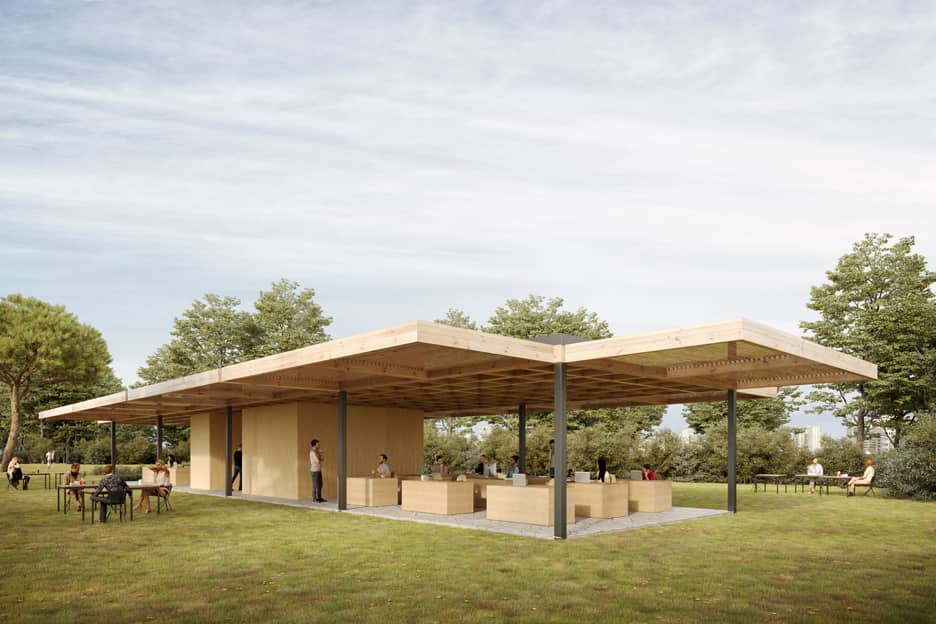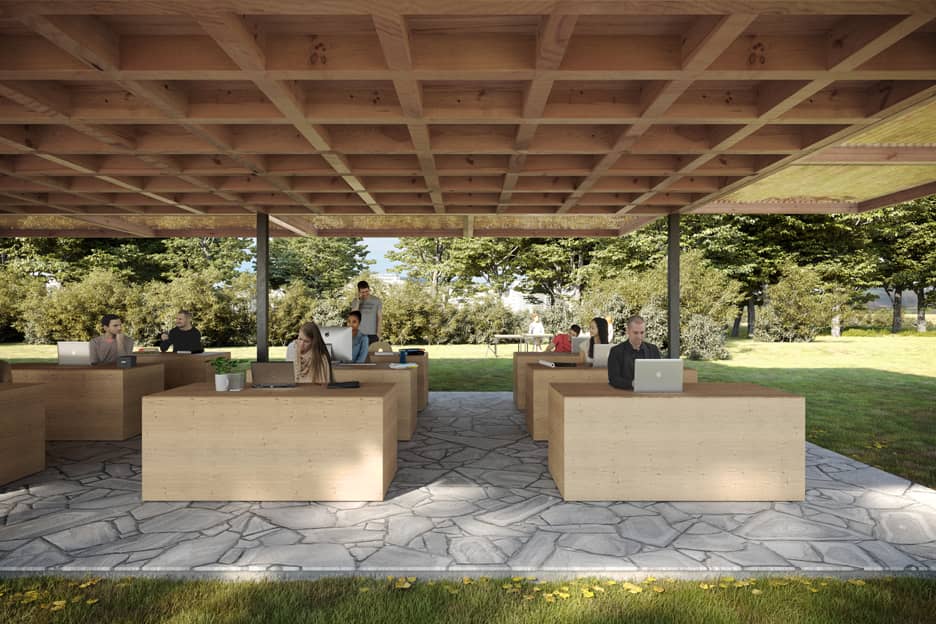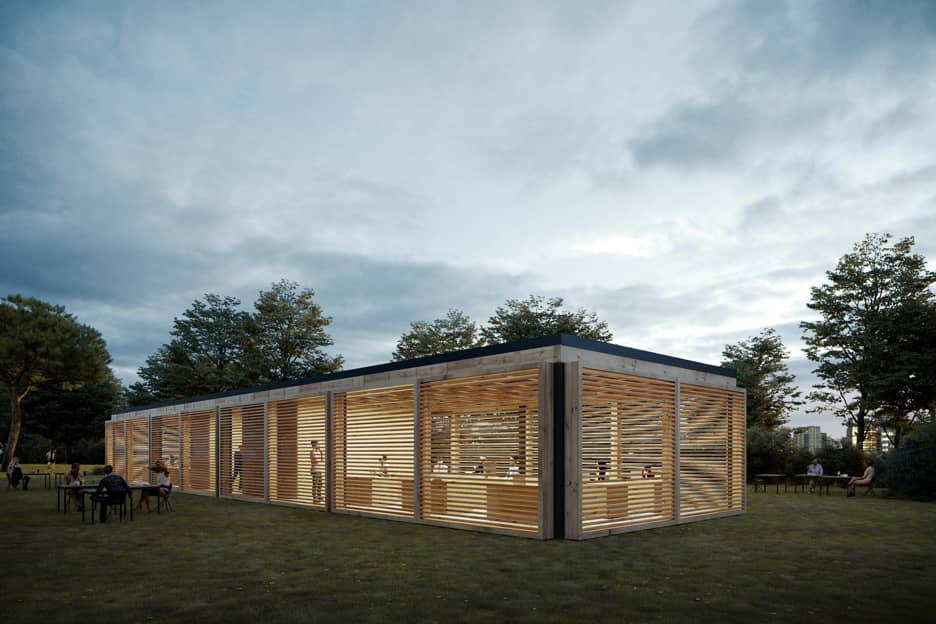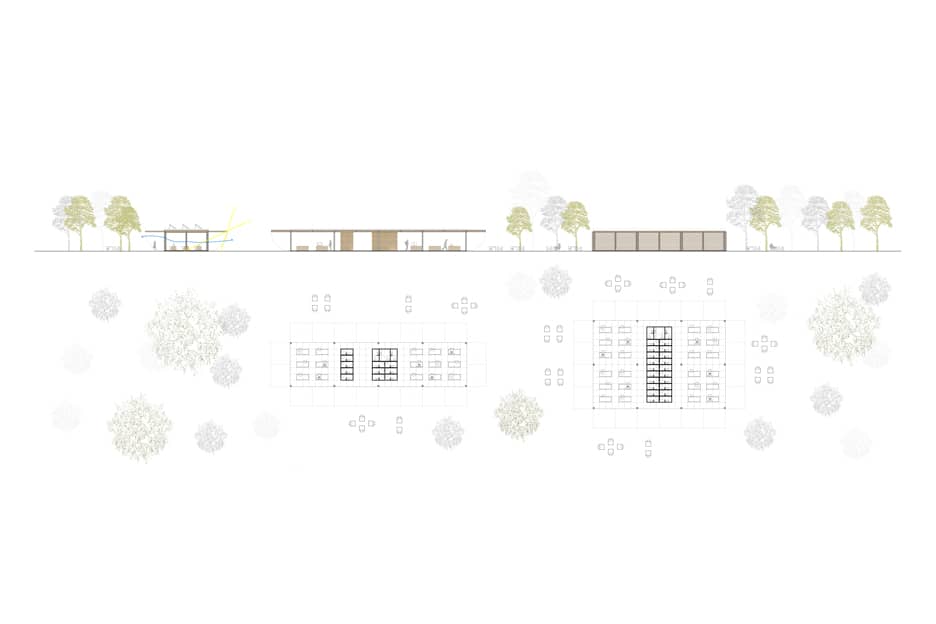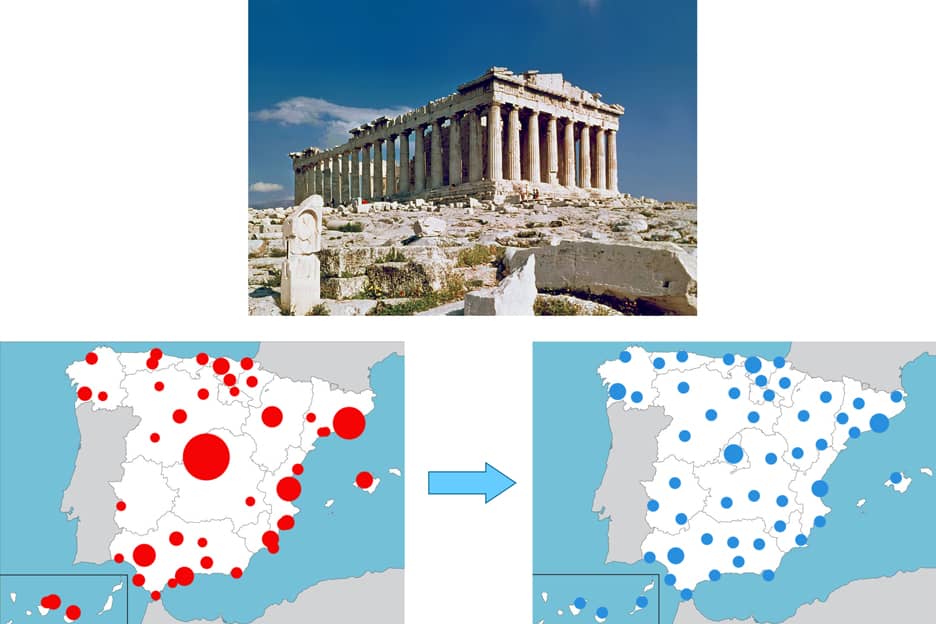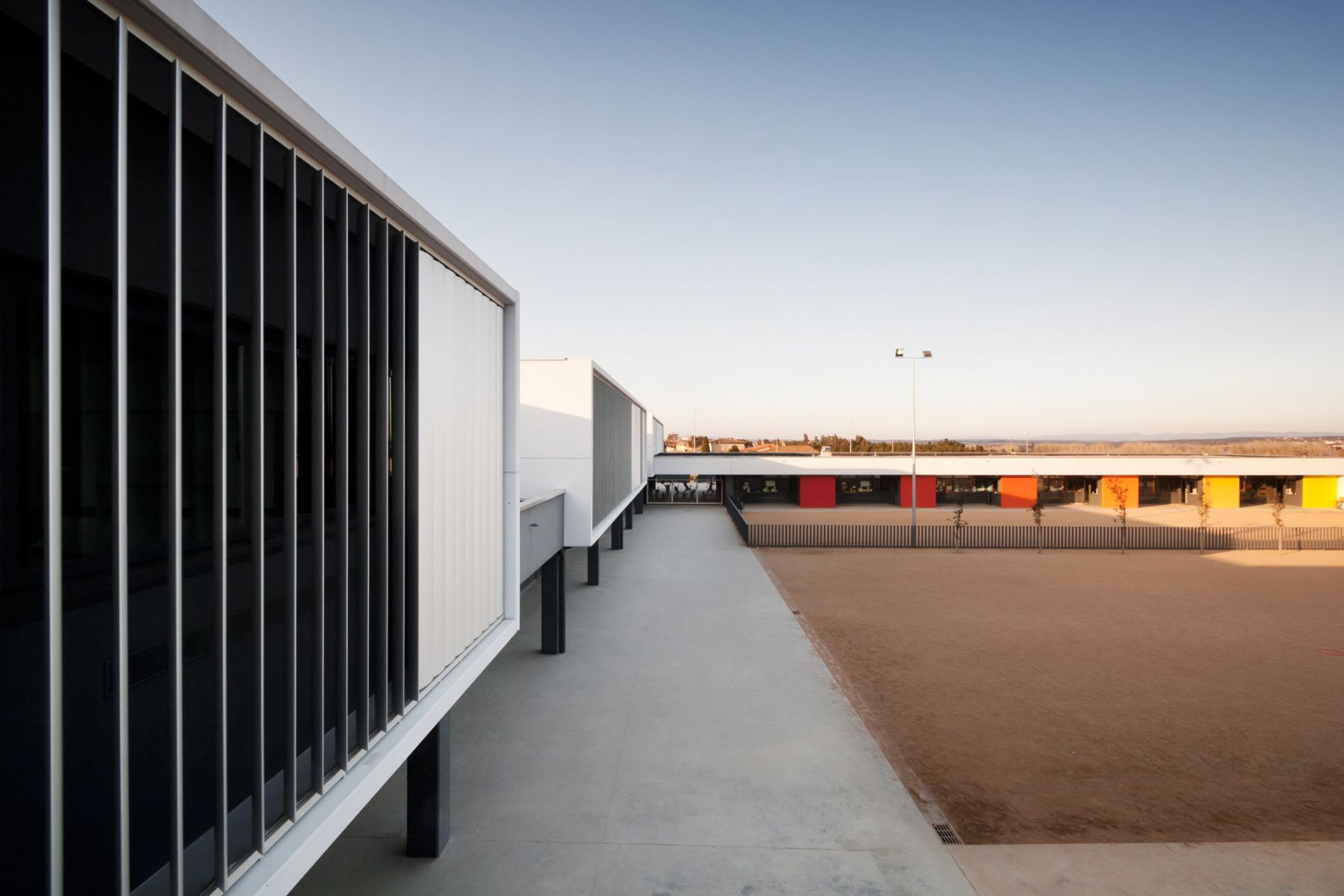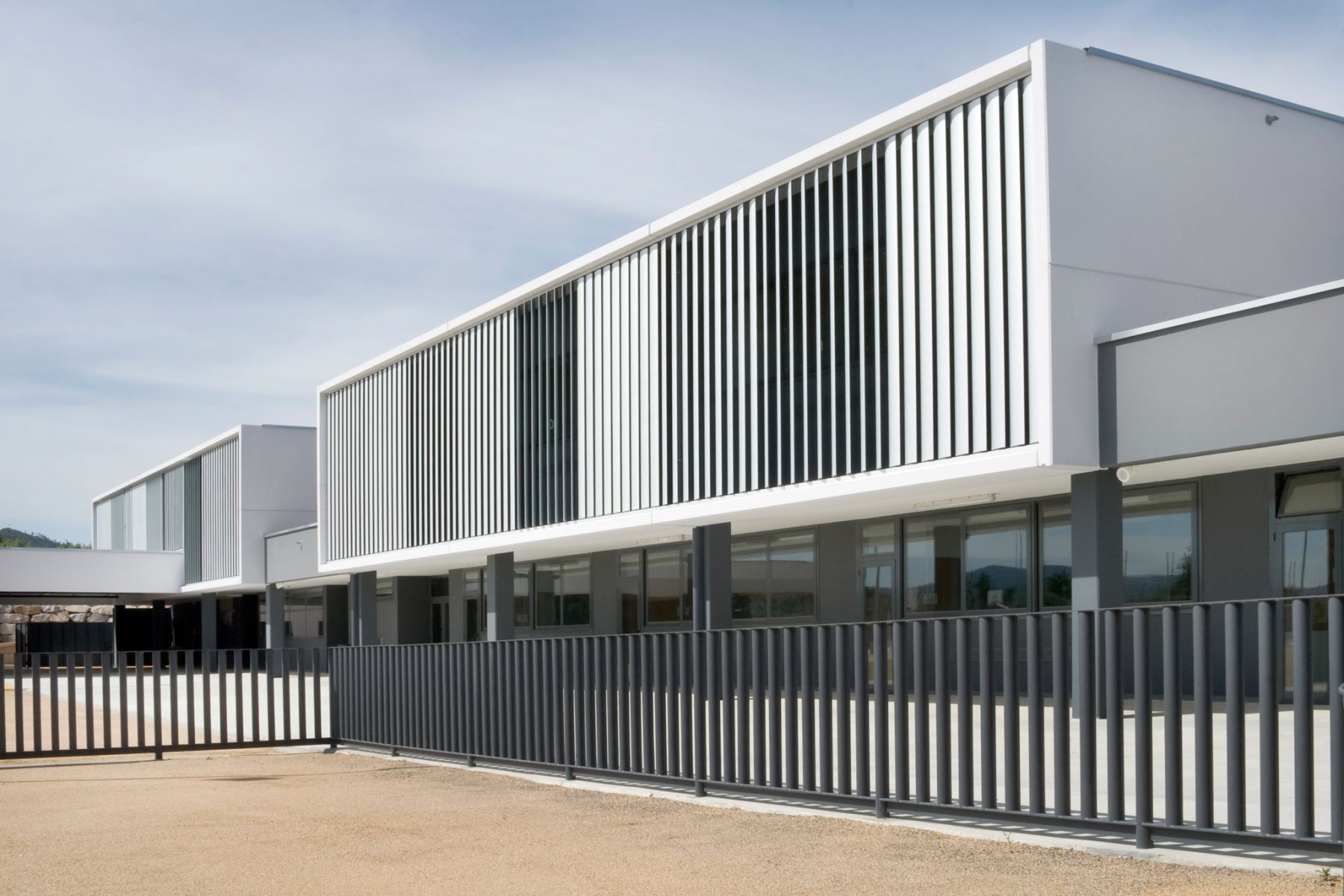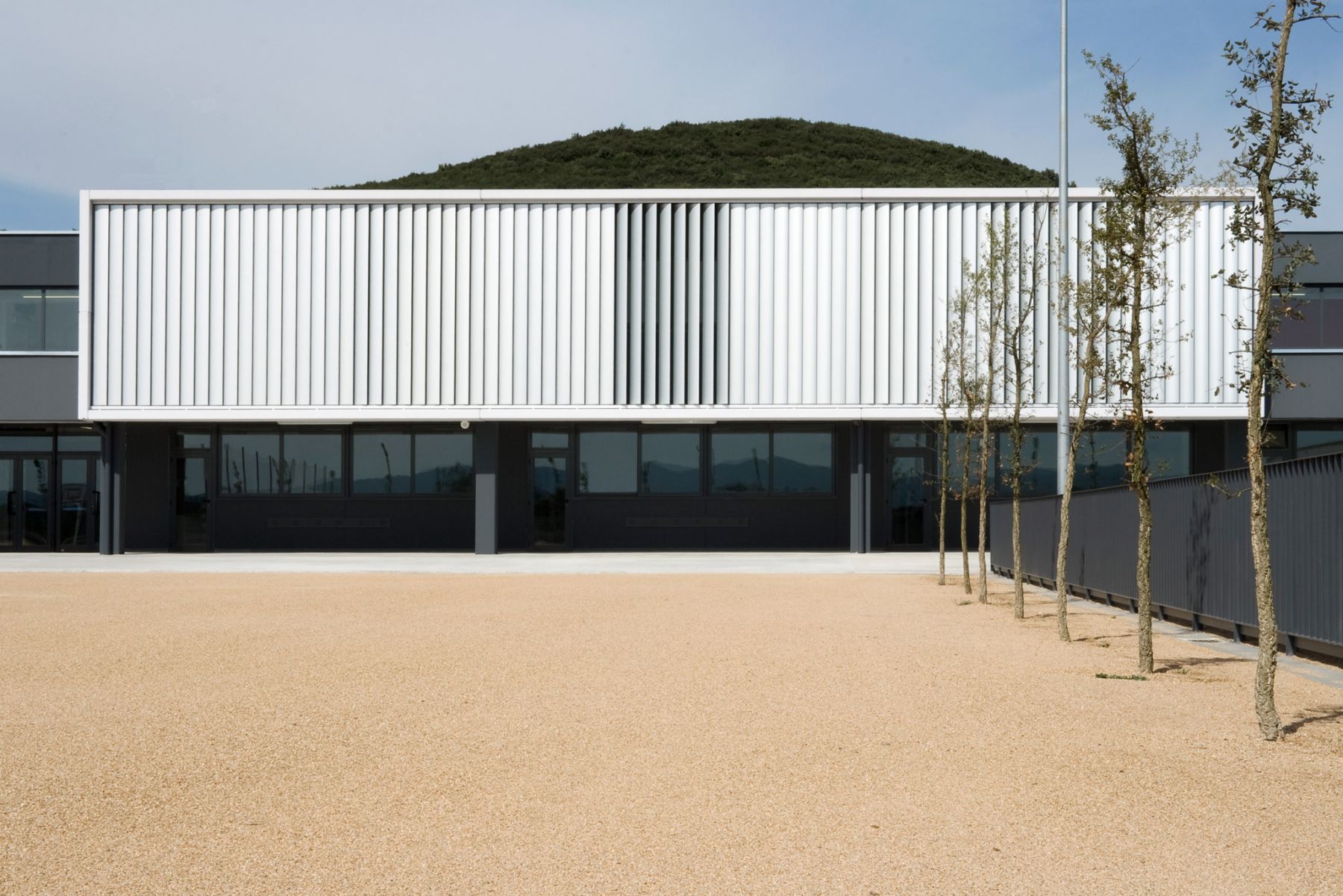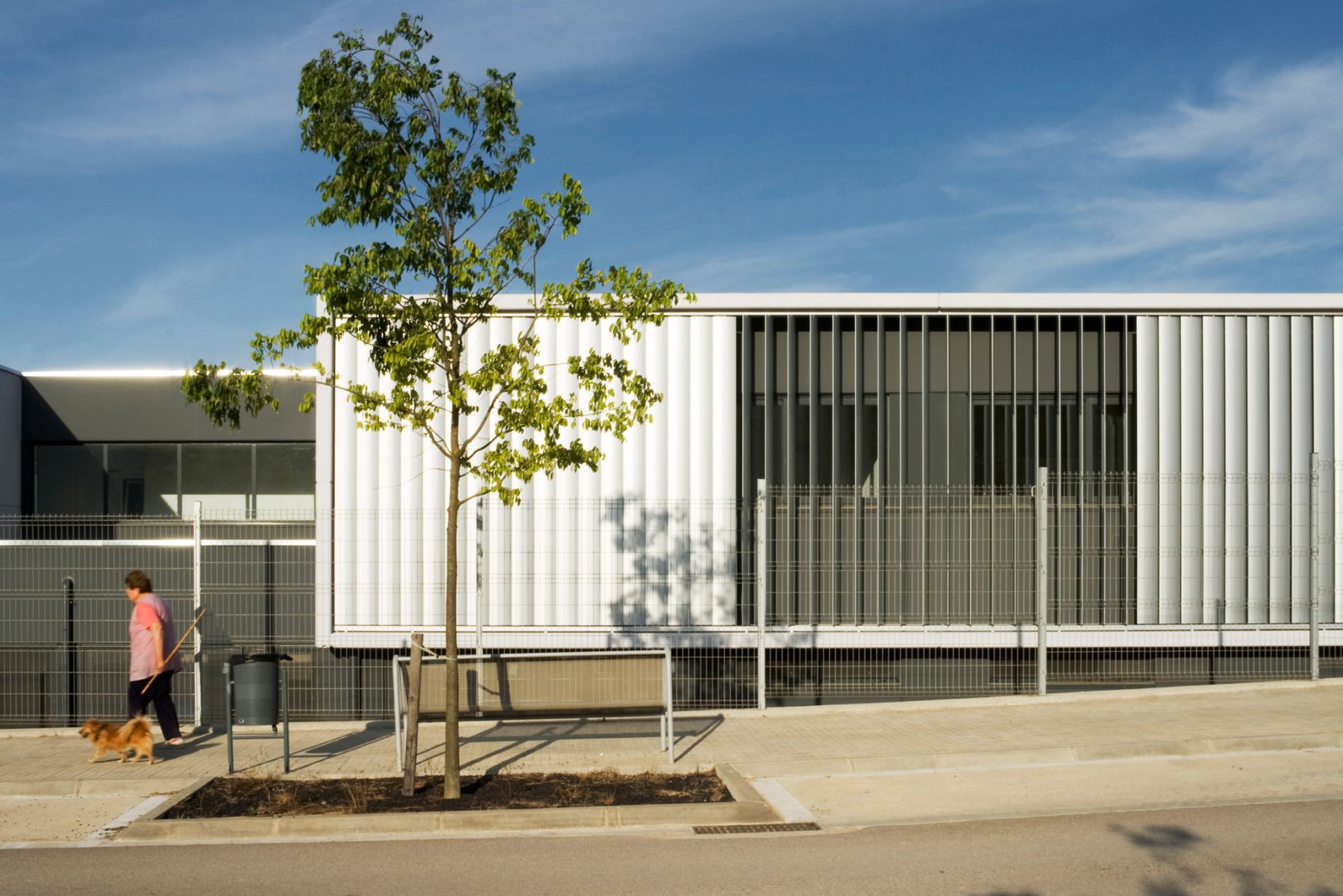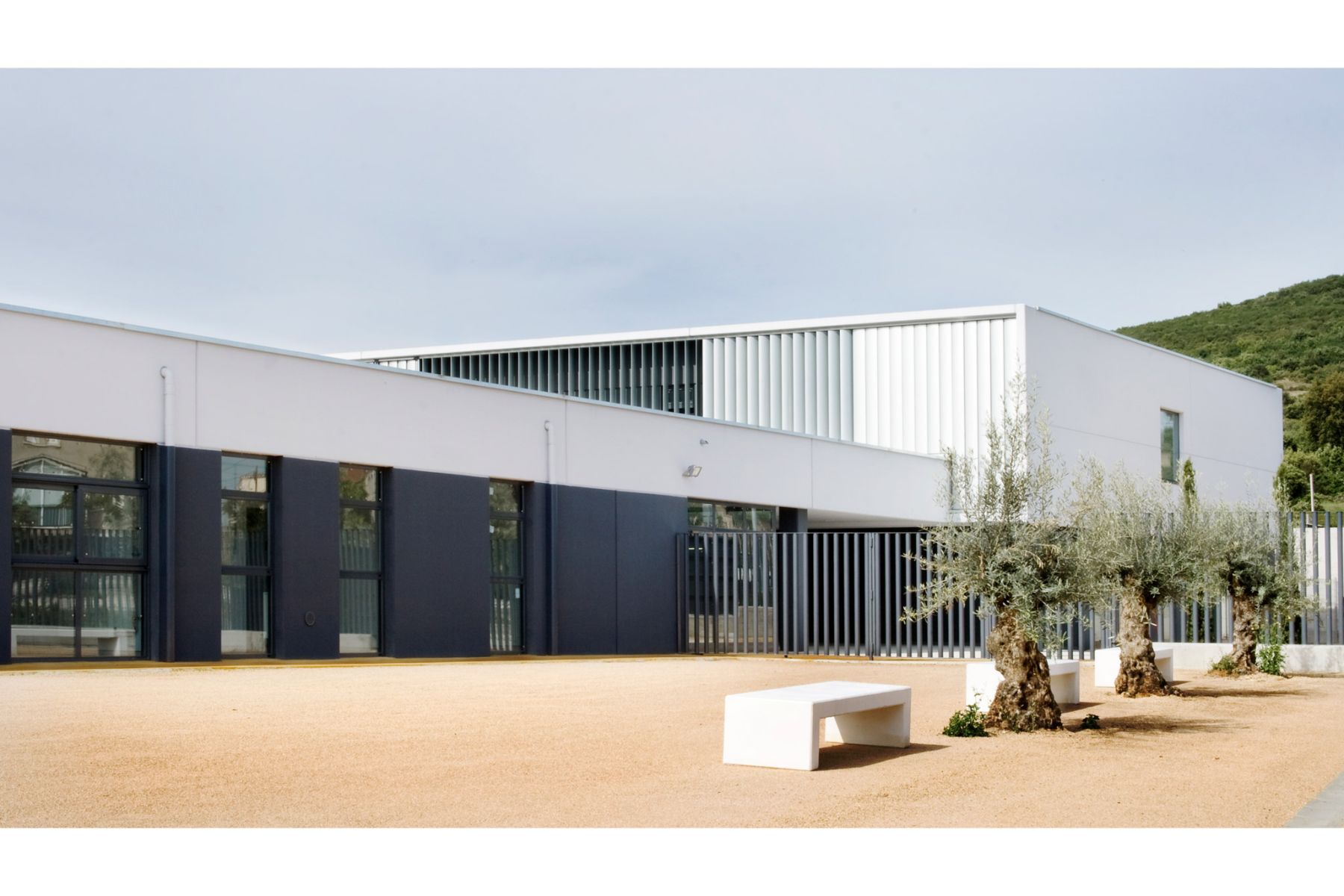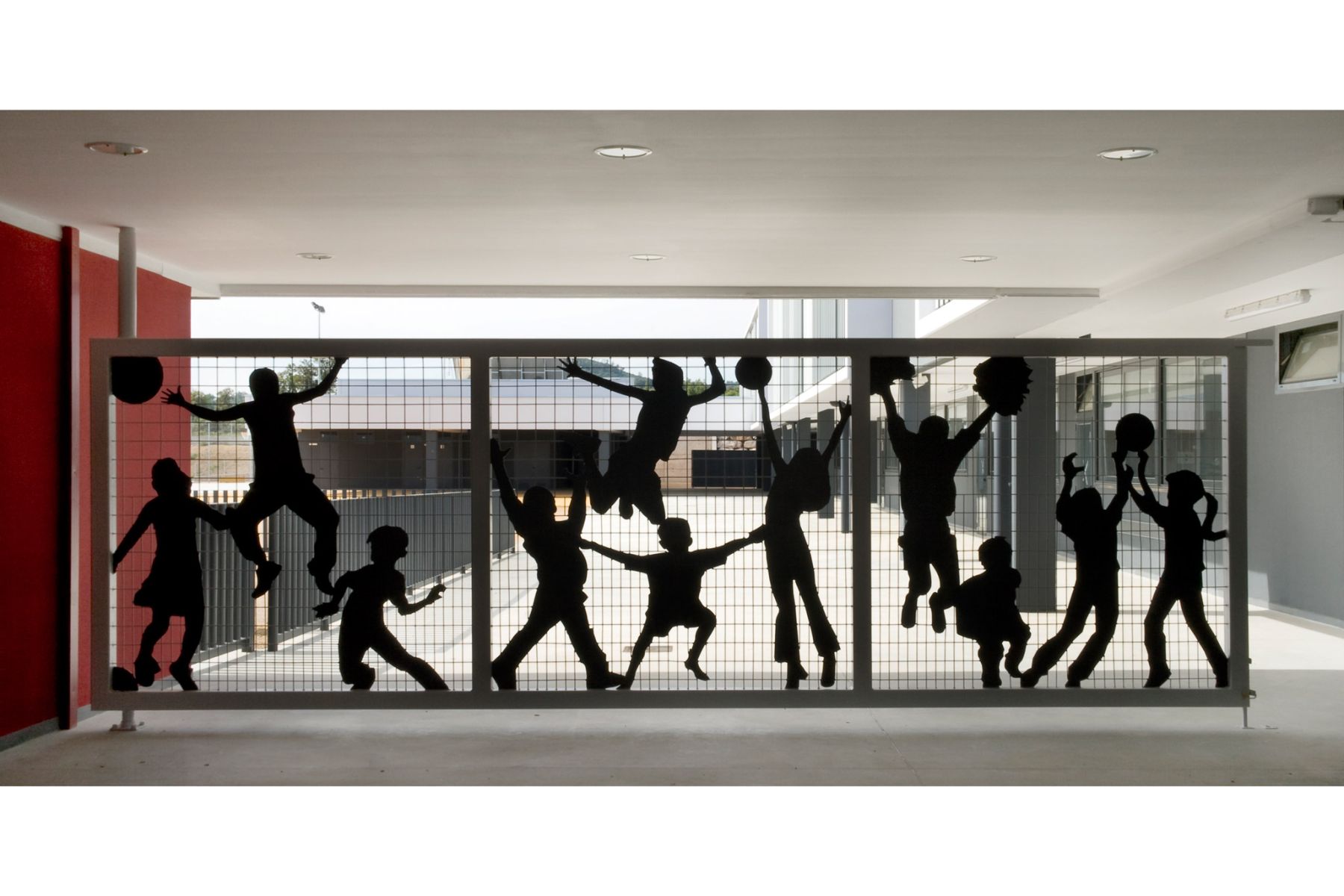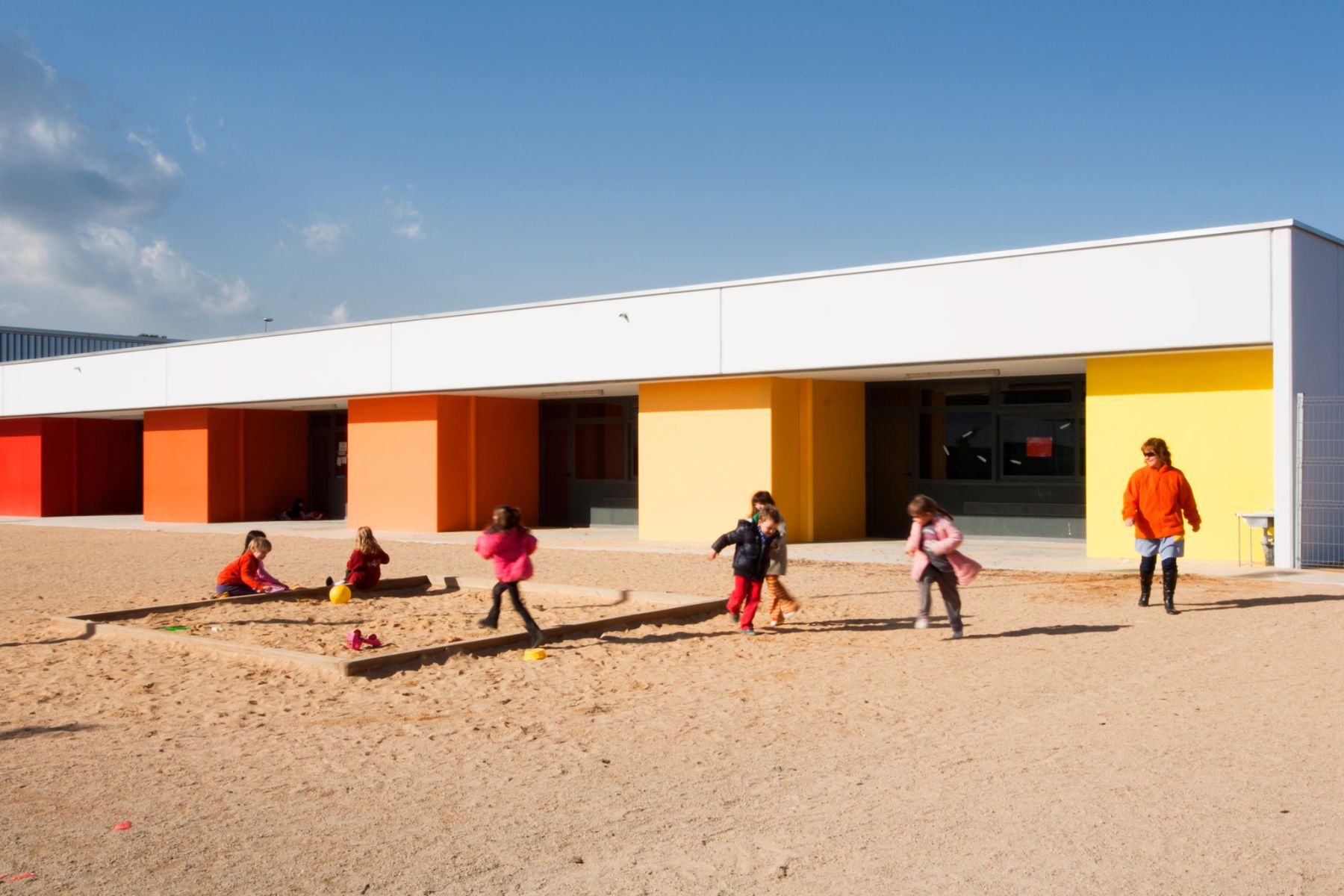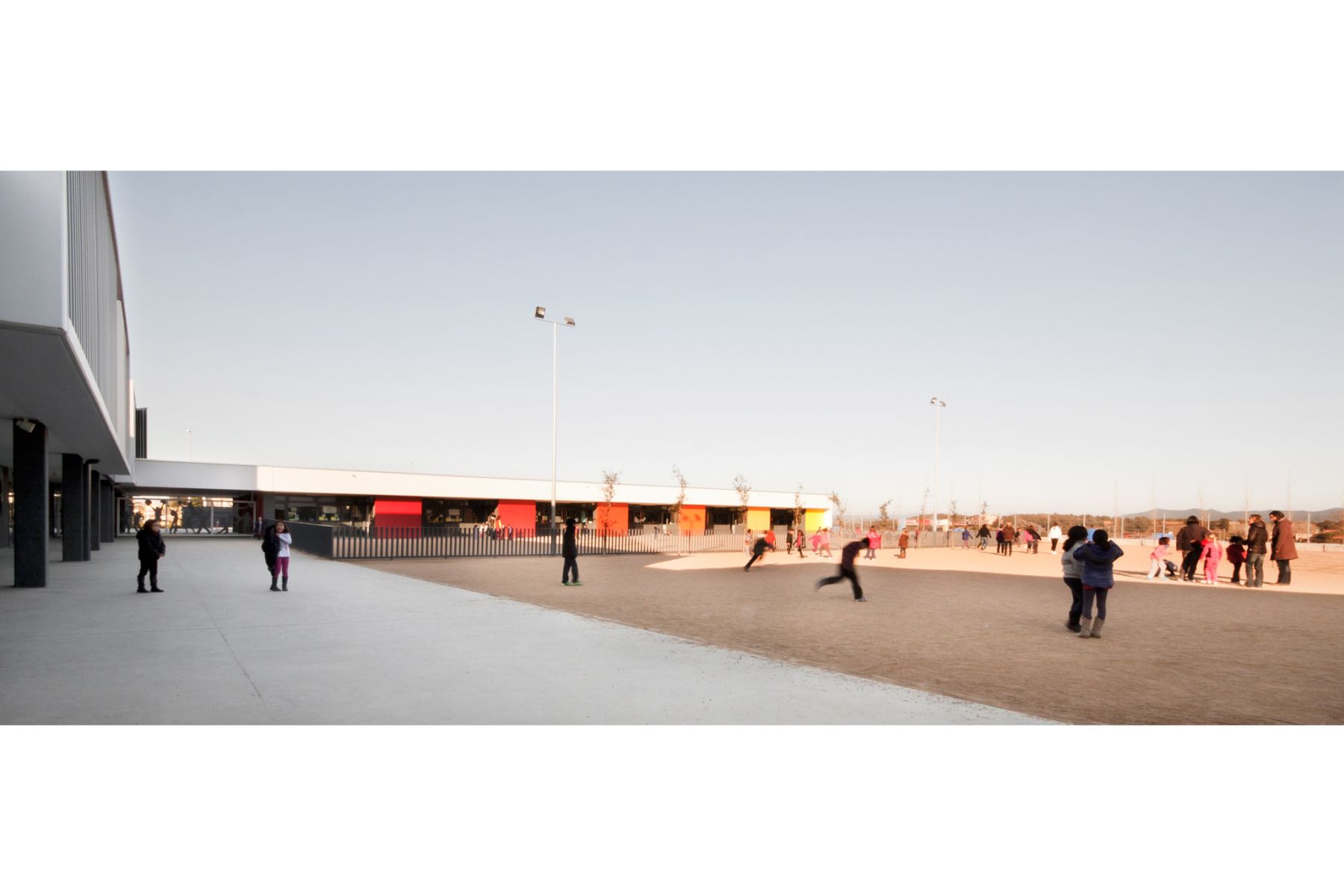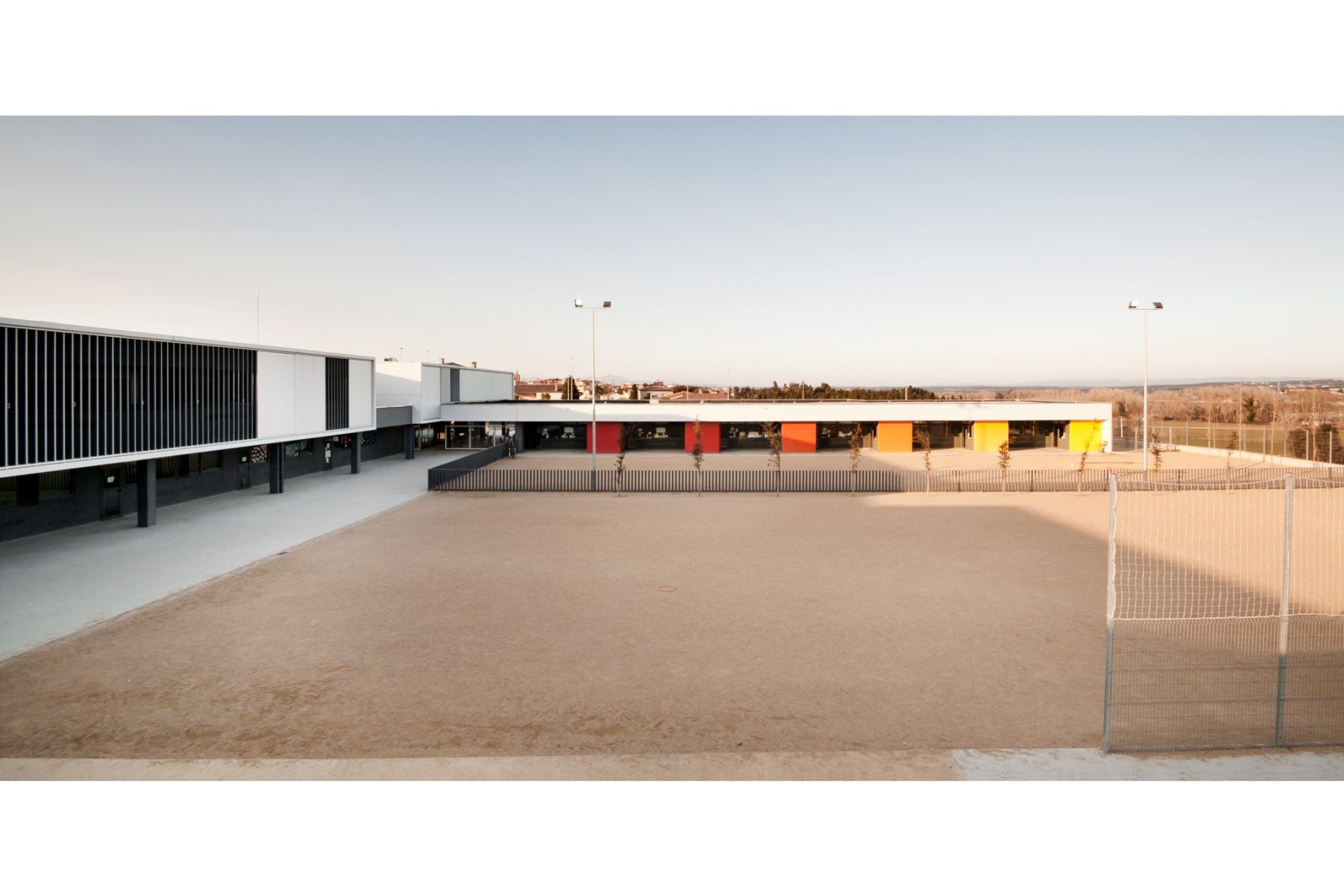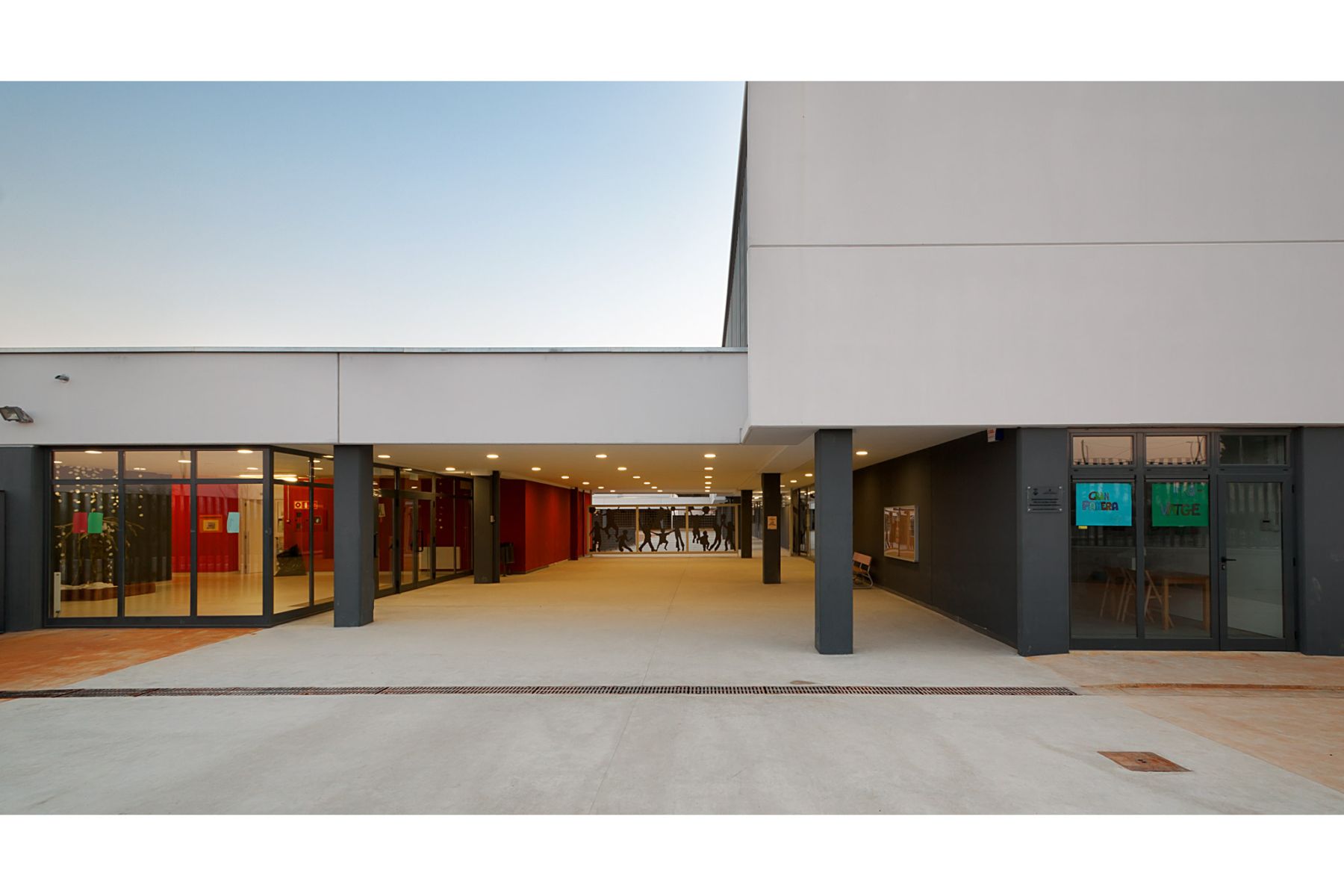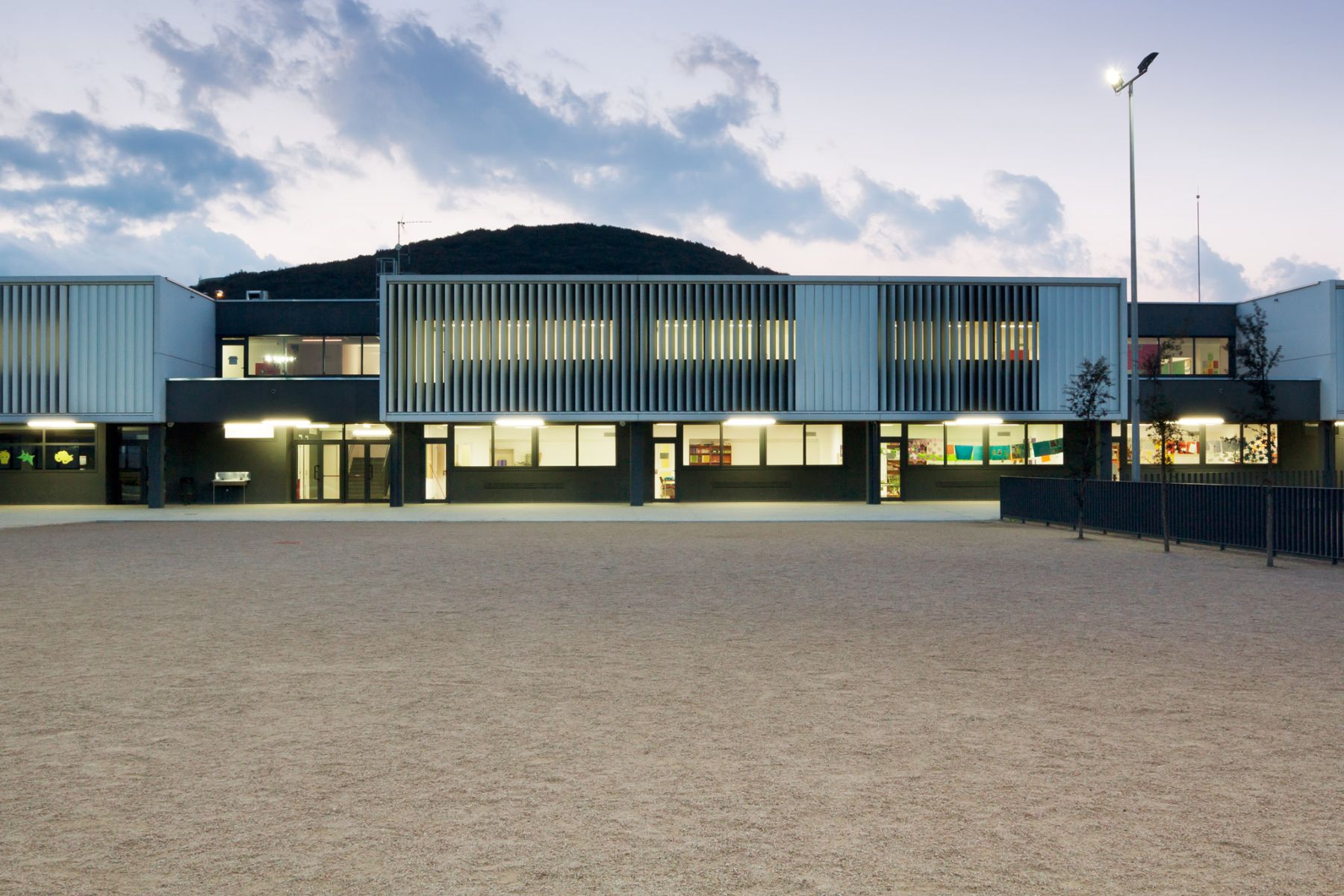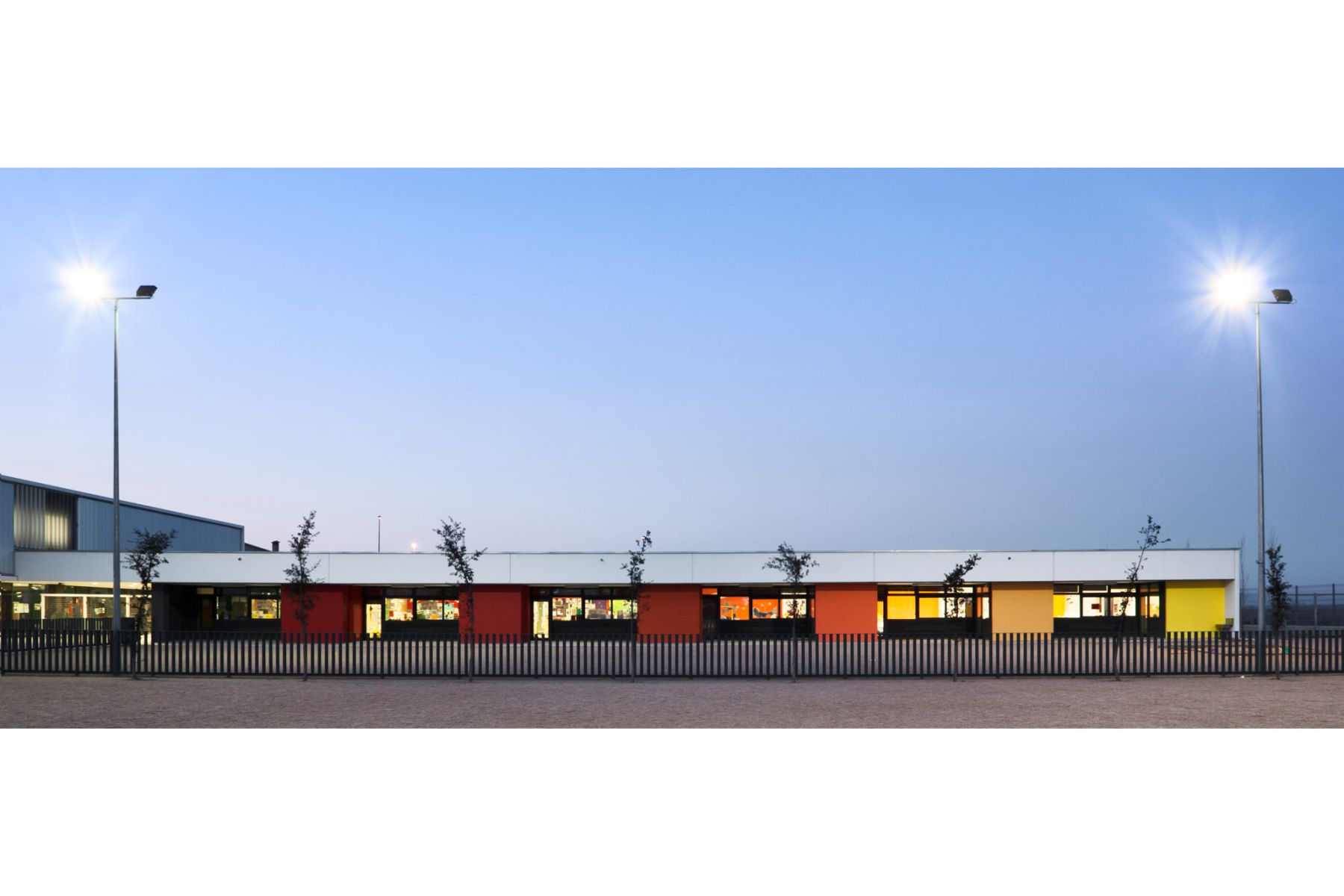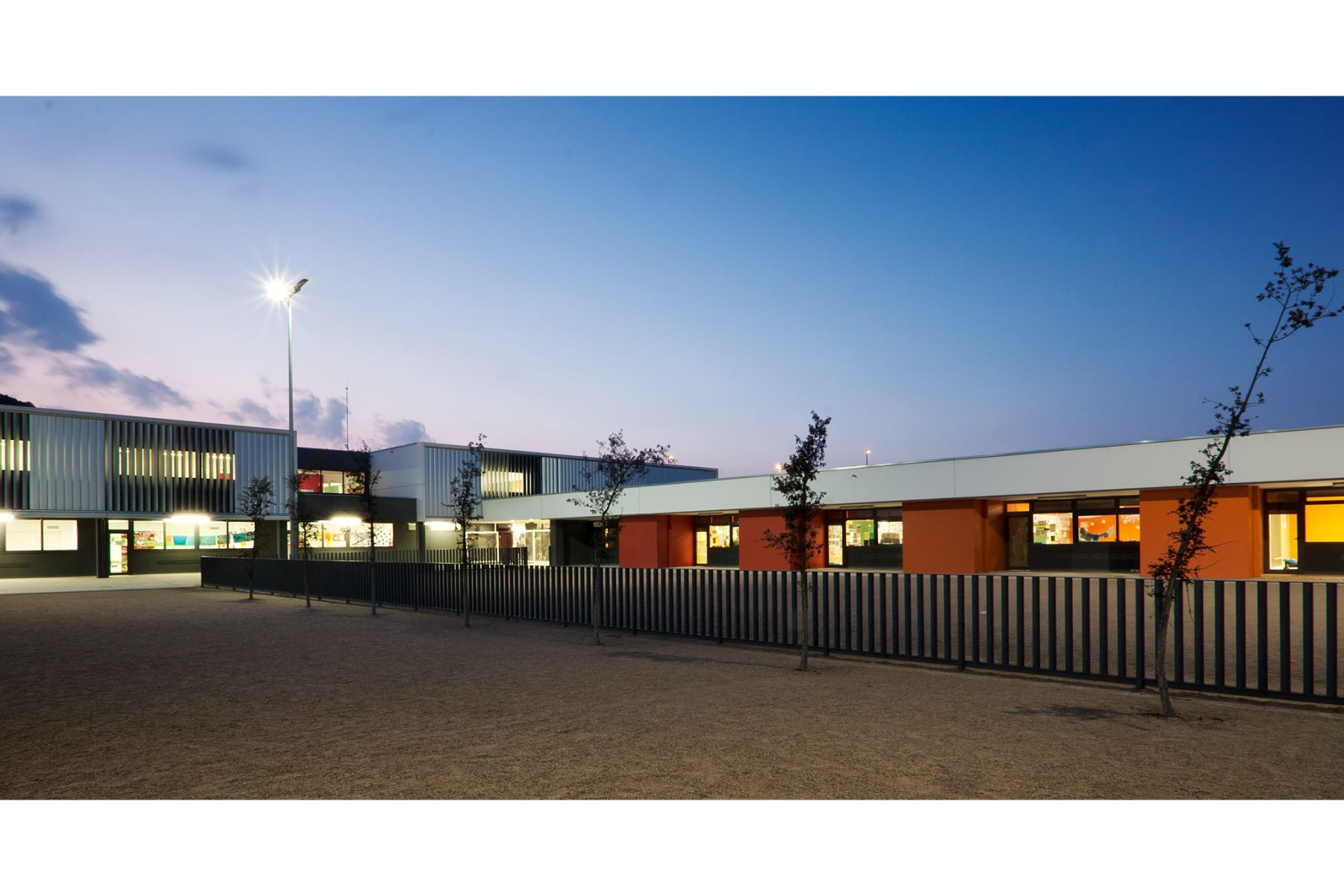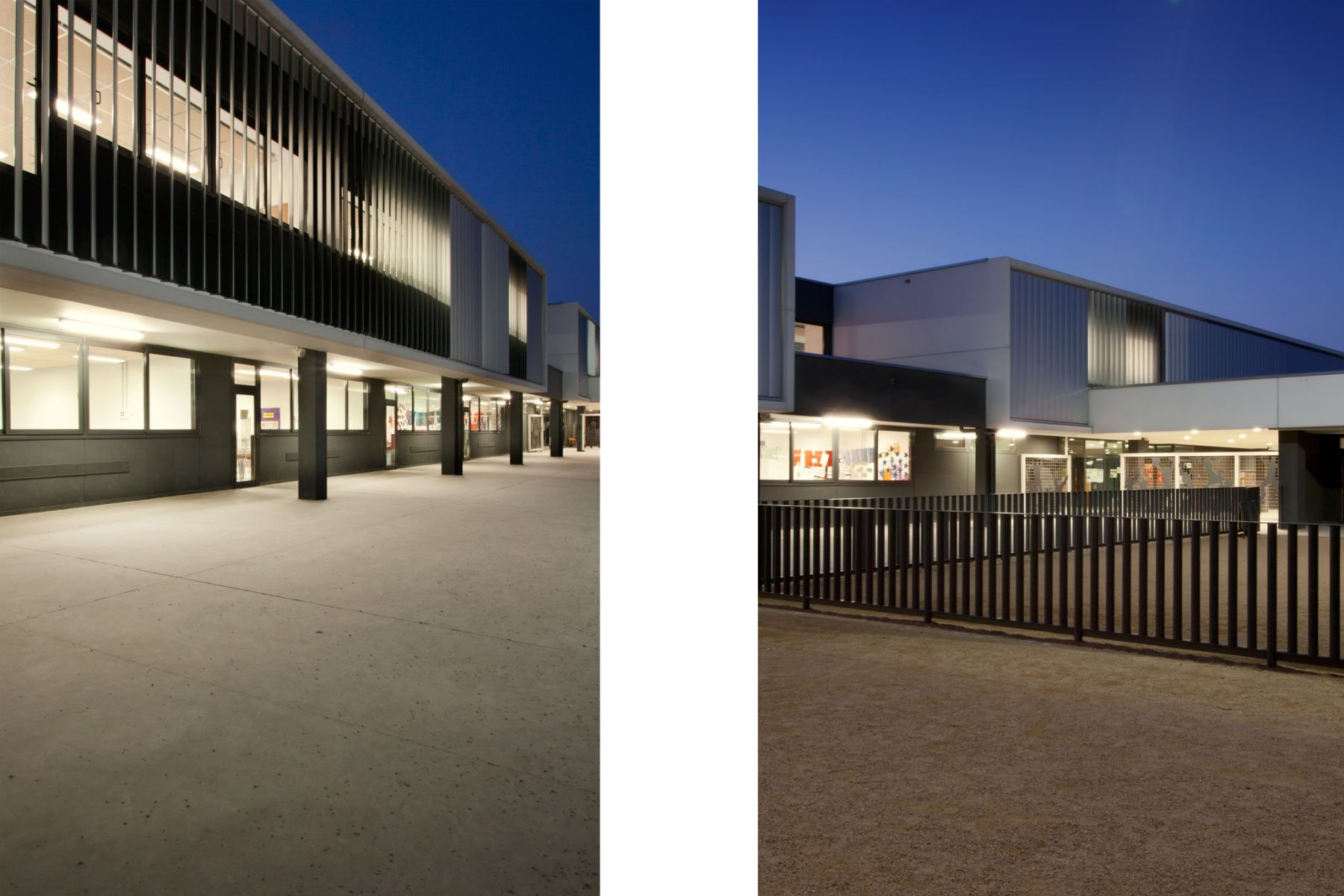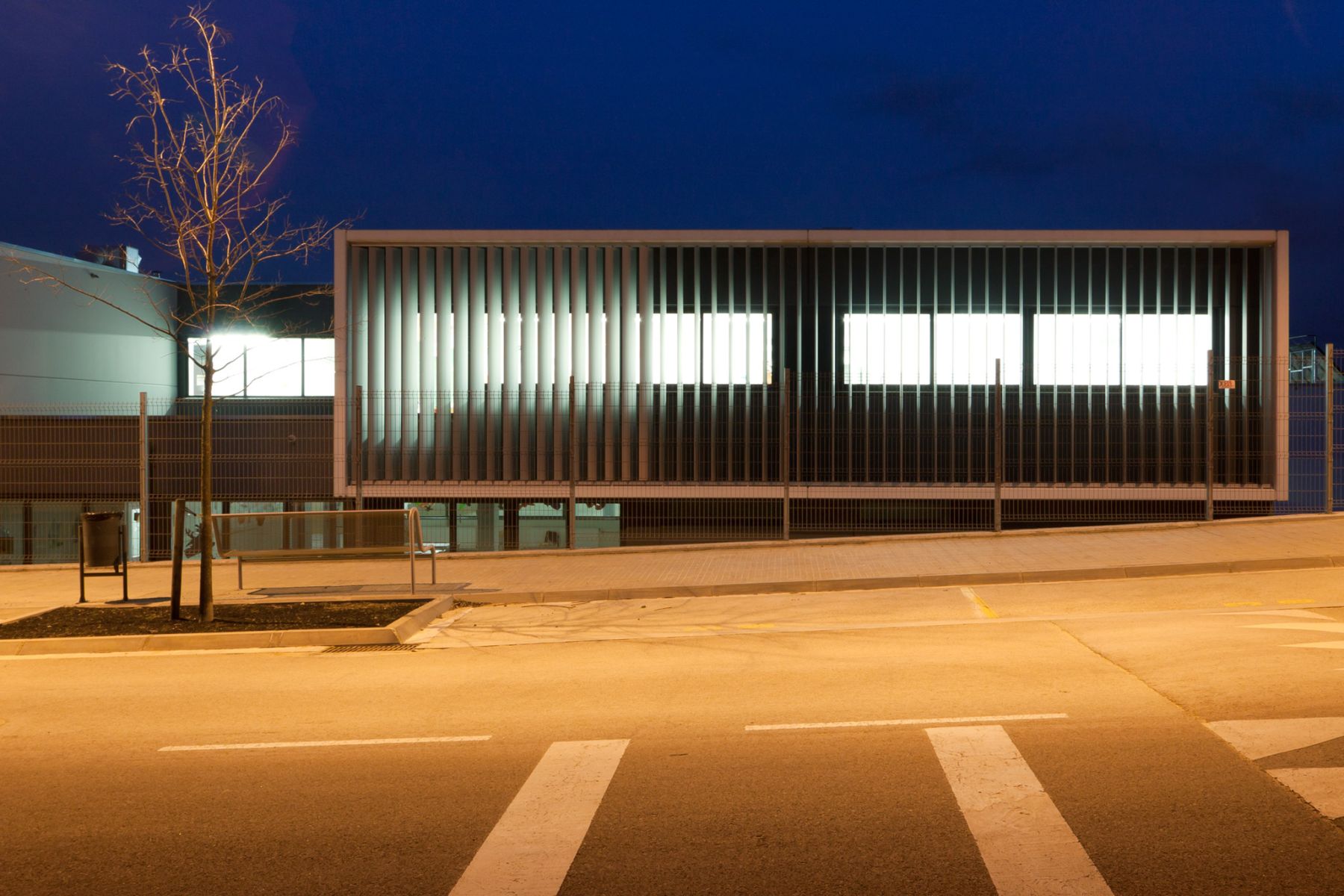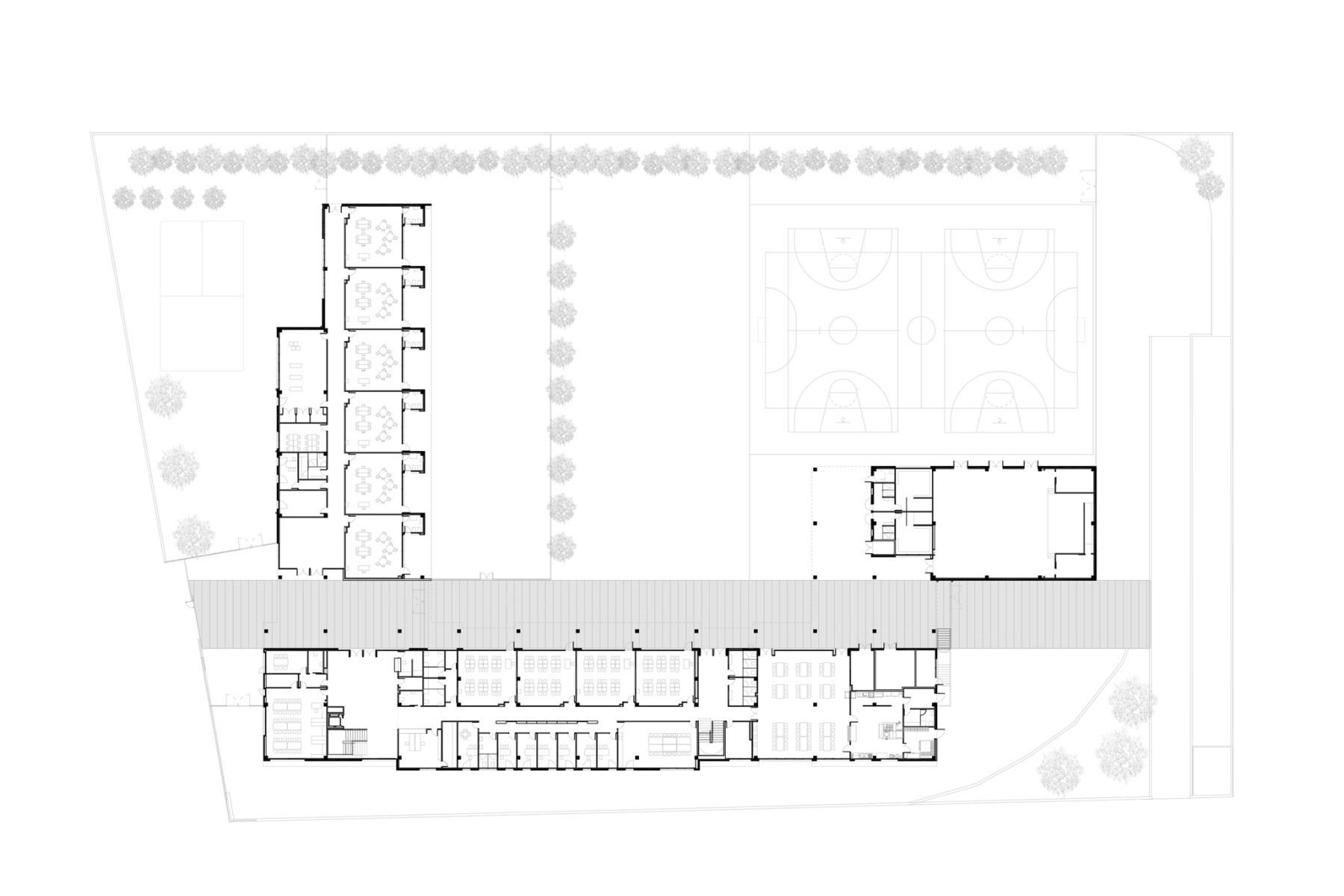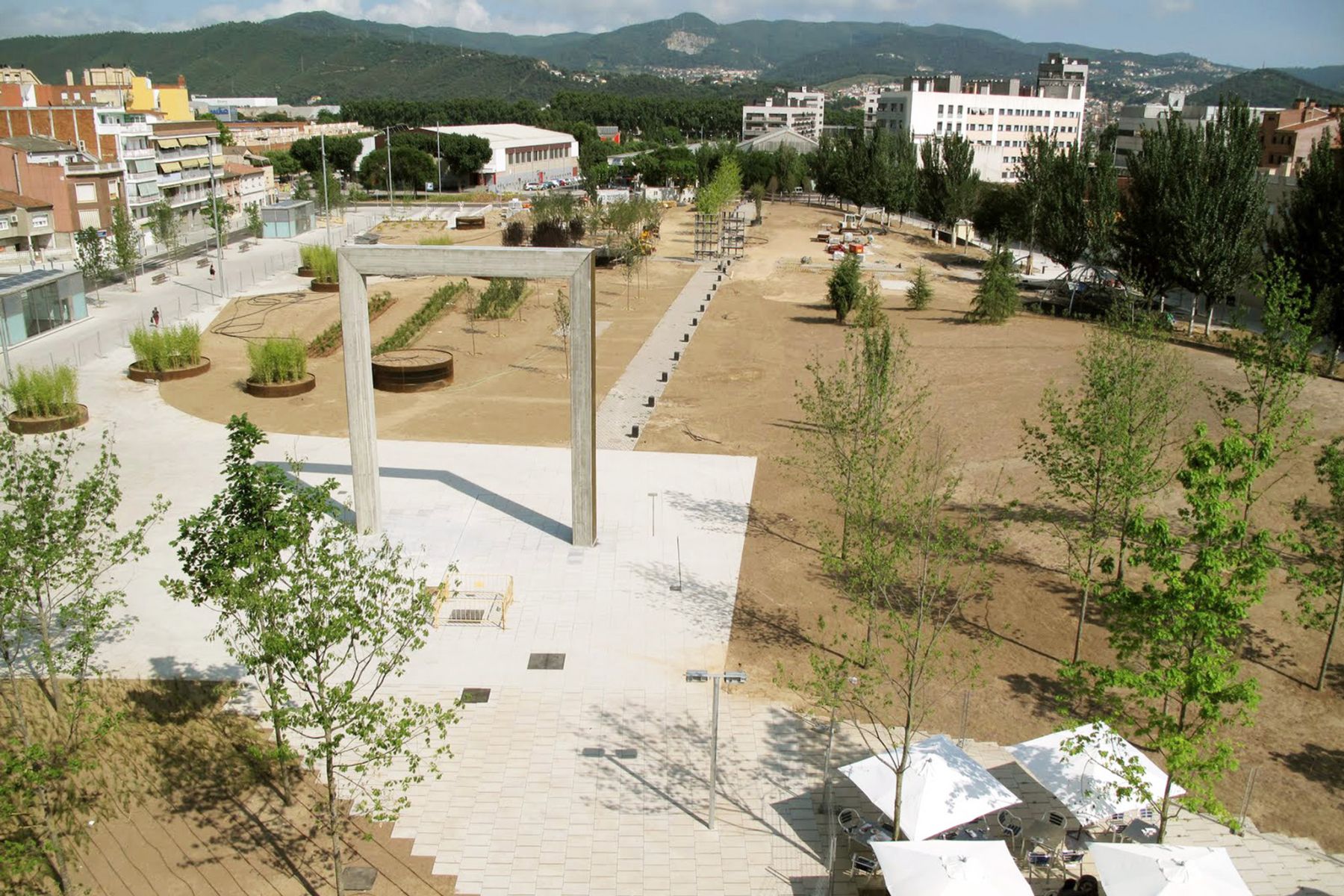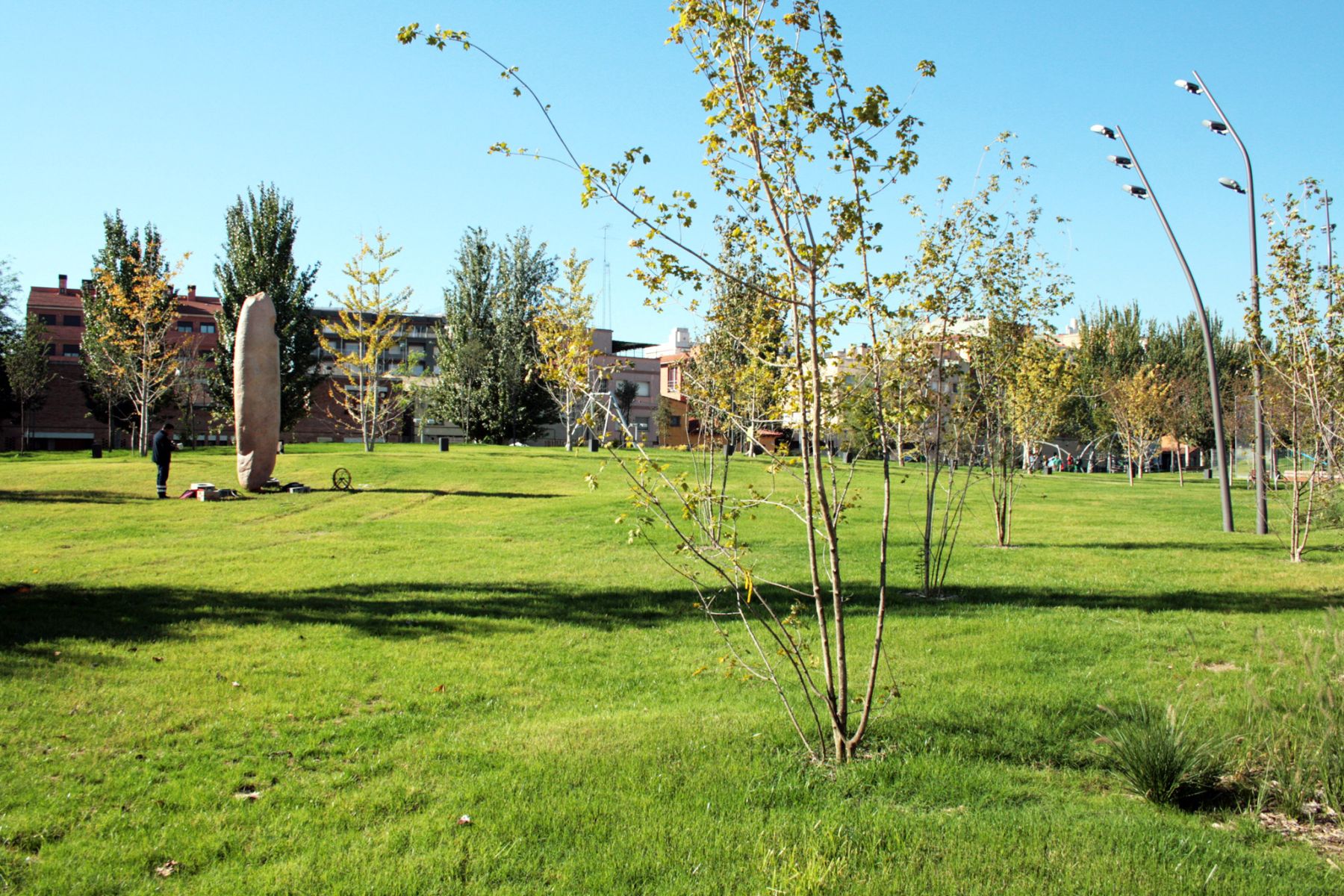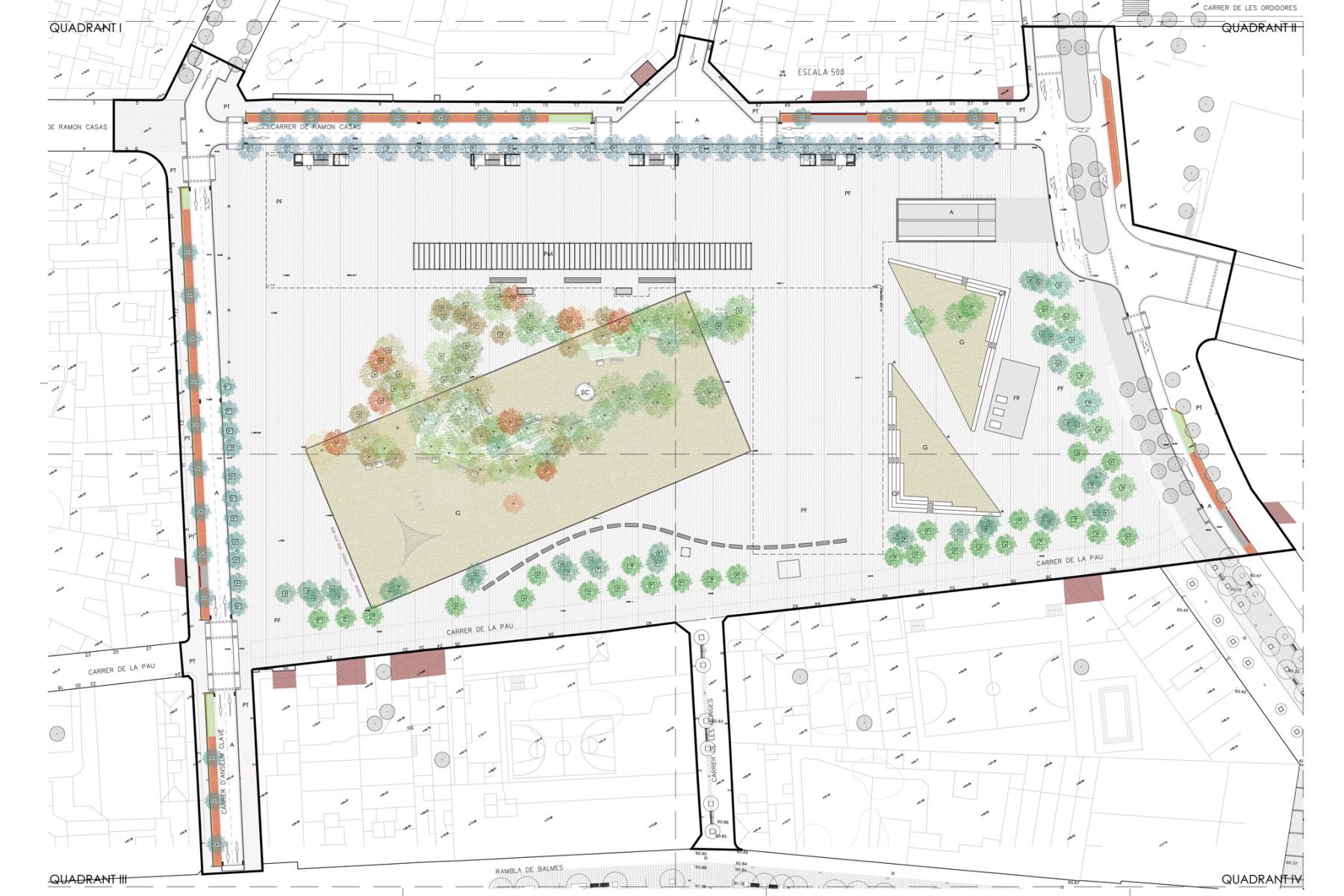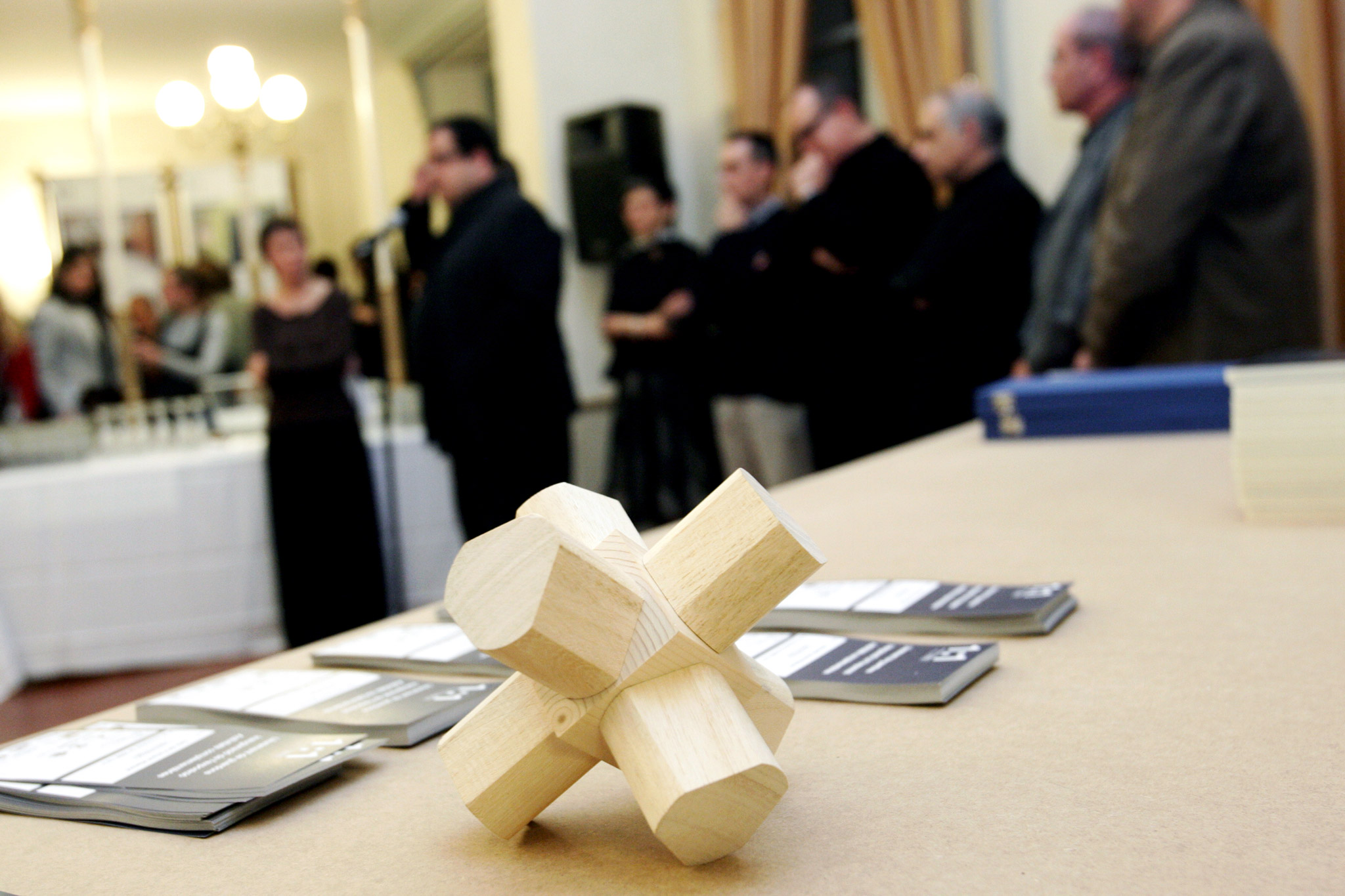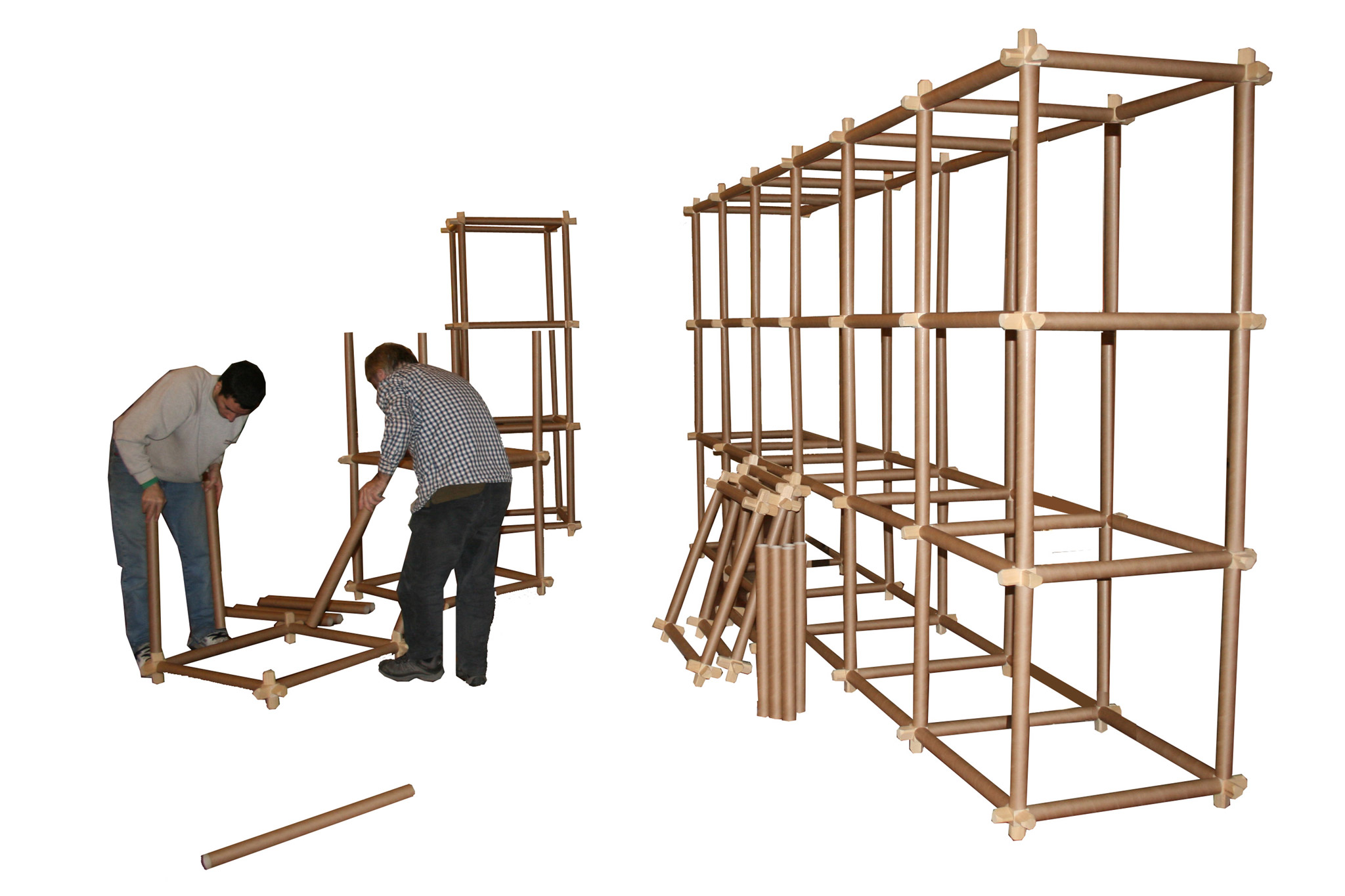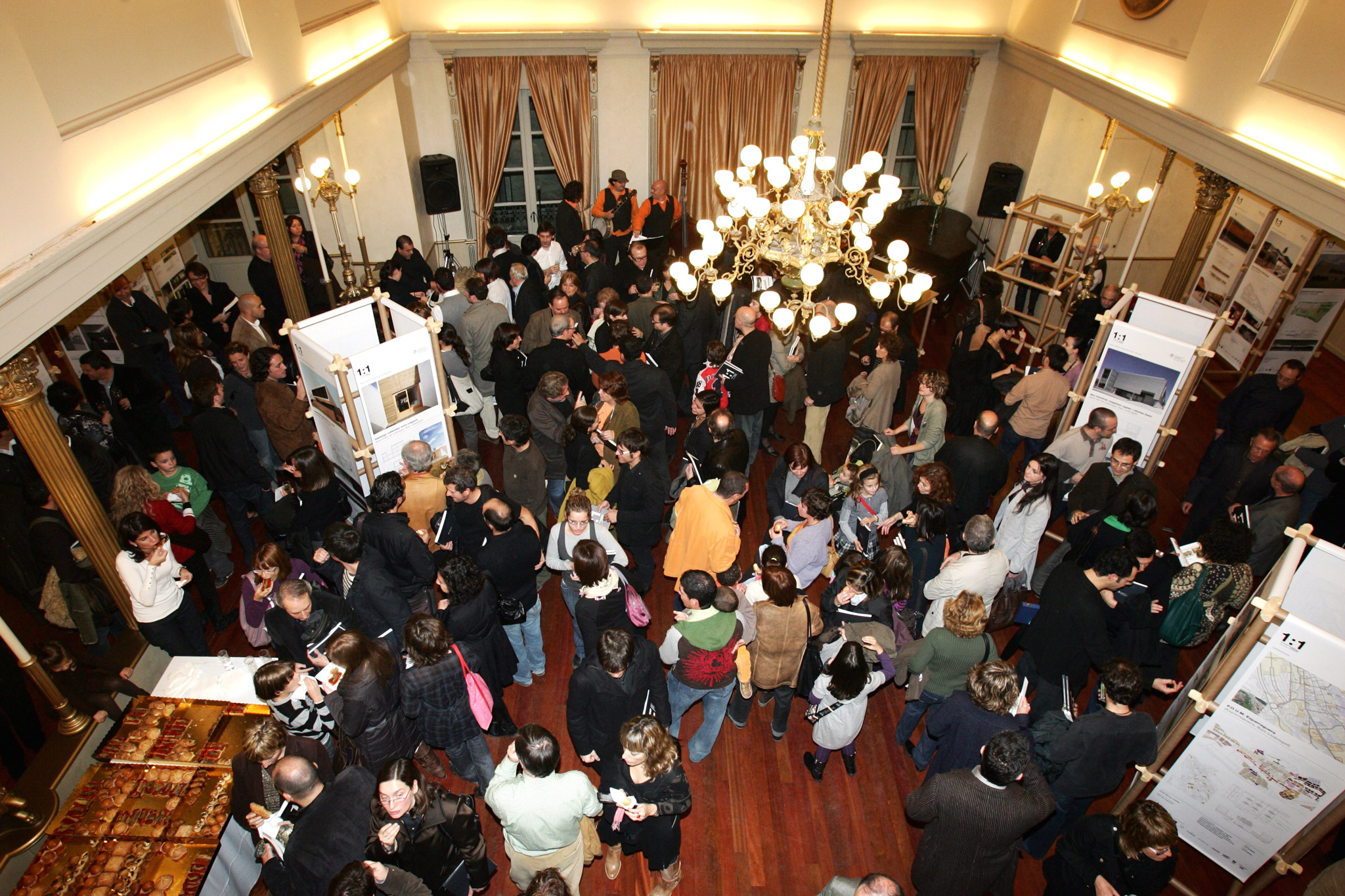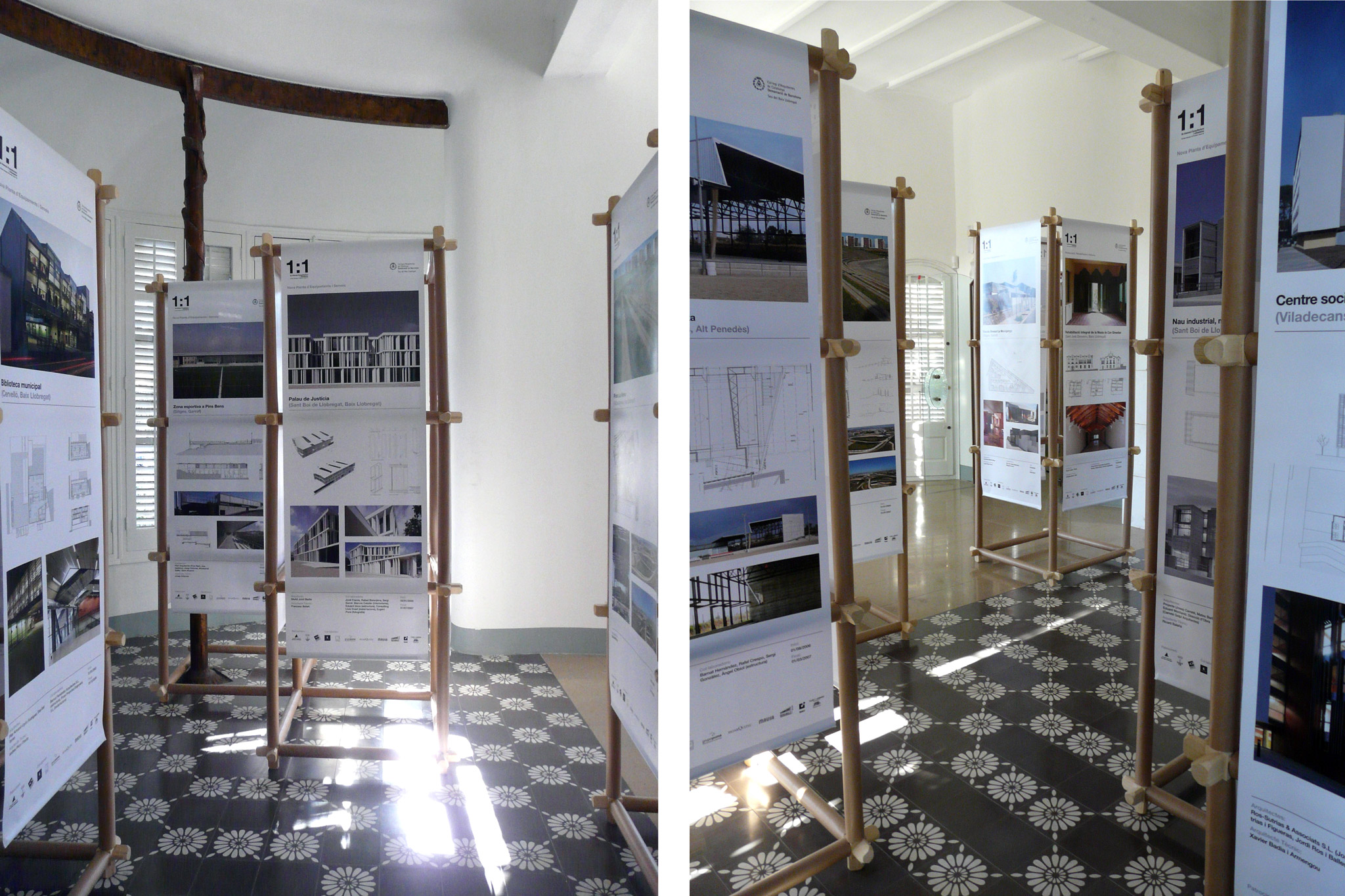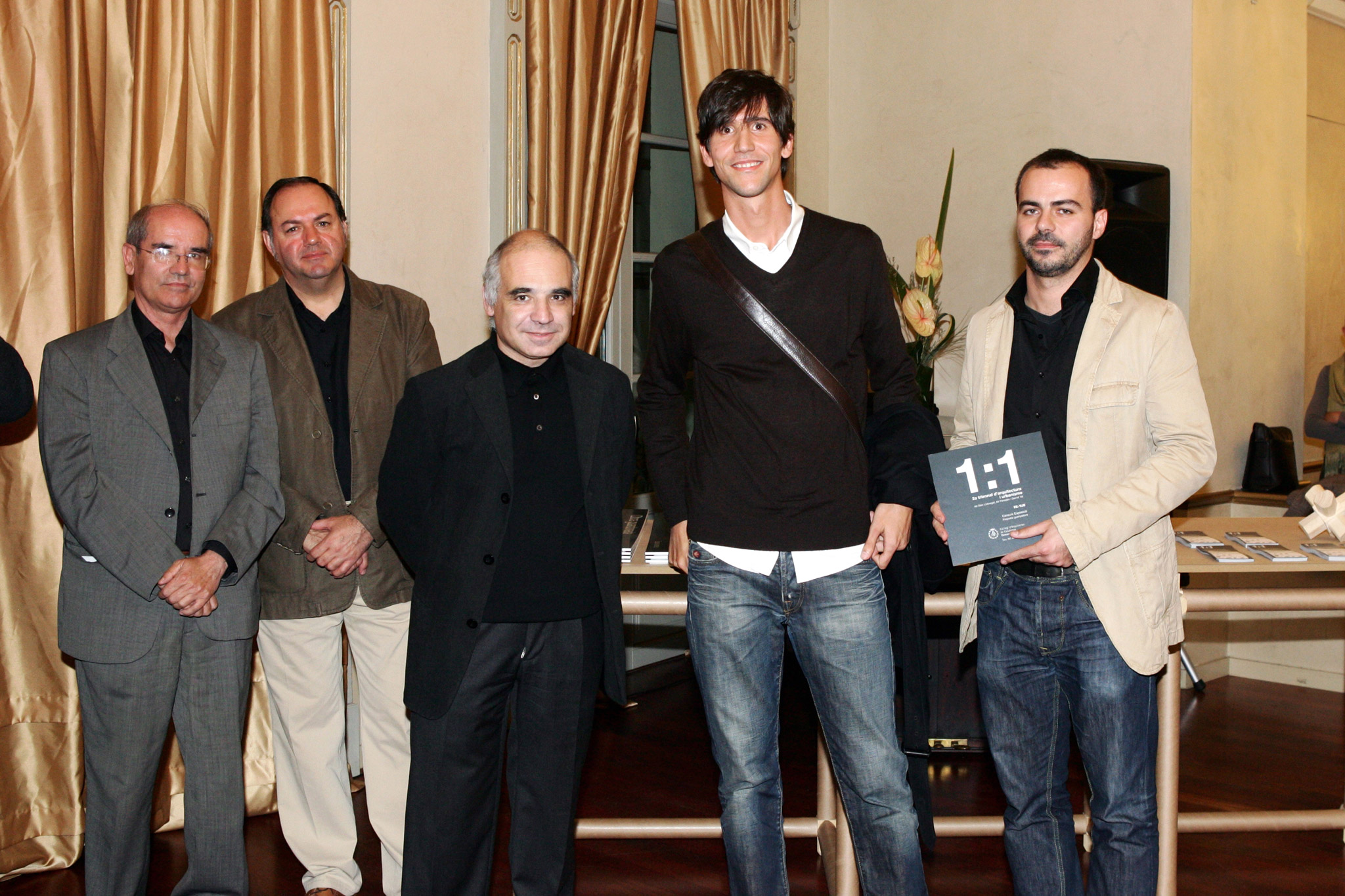Postcovid Architecture: The workplace at the epicenter of urban transformation
Read description
The rebalancing of the territory
The pandemic has had a full impact on current productive and social models, altering work activity and forcing alternatives to be found, especially in the tertiary sector. It is also evident that the situation has accelerated changes and is going to rethink many of the organizational and logistical schemes in force so far, such as remote teleworking, business relocation, the new concept of tourism, etc.
The change of mentality, the first of the answers
Somehow we must learn to live in a new reality based more on reflection than on immediacy, on the use of only the necessary resources of our proximity rather than on a runaway globalization and on the acquisition of goods in a more rational and austere way. rather than ignoring the collateral consequences of permanent low-cost consumption.
So perhaps the paradigm shift will occur when we understand that our response must initially be philosophical in nature and later rely primarily on two major axes: sustainability and technology. On that occasion, in addition, the order of the factors will be fundamental.
Balance the territory
If we analyze the influence that the arrangement, concentration and size of workplaces have on urban fabrics, we will understand a good part of the existing functional hierarchy in large cities. Commuting to the workplace is one of the factors with the greatest impact on congestion and pollution in cities, and largely determines the choice of residential location.
Decentralization could be a more efficient solution with multiple benefits, both from energy production, through services to residential locations, and one of the engines of this territorial redistribution will be the relocation of work centers. In this sense, the more balanced the urban layout in a territory, the more efficient it will be: thus a territorial network of more cities but smaller would be more efficient and sustainable than a few and gigantic metropolises (current model).
On the other hand, the rebalancing of urban nodes and their proportionate extension throughout the territory would fully address the problem of so-called “uninhabited territories”, avoiding both the abandonment of small populations and the current increase in the densification of large cities, thus breaking their current exponential and globalized growth.
As we have seen recently, in many cases going to the workplace is neither essential nor always necessary, something that can help us get closer to a paradigm like the one described above. So if it is not necessary to always go to the workplace, it may not be so necessary to live near it, nor must it necessarily be in the center of the city.
Undoubtedly, the rethinking of face-to-face and intermittent assistance in the workplace and its combination with domestic telework will be one of the engines of the imminent transformation of urban scales and of a more equitable territorial redistribution.
On the other hand, the predominant current architectural trend towards buildings conceived as hermetic boxes must also be modified and allow the working environment to occur practically outdoors and in a natural environment. In this sense, there are many inhabitants of the planet who enjoy a temperate climate like ours that would allow a direct labor relationship with the outside without the obligation of having to permanently lock up or air-condition their workers.
Permanent natural ventilation would help avoid a drastic stoppage of productive activity and the economy in the event of new pandemics. Thus, the direct relationship of the building with the exterior is not a new concept and, if we review history, we find numerous examples in all kinds of Mediterranean constructions, an example of this was the ancient Greek and Roman architecture.
Architectural resilience
Another factor that we have been able to verify during this period has been the importance of spatial flexibility in the facilities, especially in sanitary architecture, where the facilities have been overwhelmed, having to resize their capacity in annex buildings not planned for this purpose.
In this sense, a sanitary architecture of adequate dimensions, properly ventilated and sanitized, and with the capacity to grow according to needs, should be rethought. Thus, we have learned that a hospital should be something more similar to a large diaphanous pavilion capable of reconfiguring and adapting to respond to an exponential demand from users without collapsing.
This architectural model, on the other hand, has long been used in the field of international cooperation. However, it is impossible that it can be implemented without first decongesting cities and alleviating the speculative use of urban m2.
The hybrid and flexible office
Undoubtedly, the concept that we have used so far to define the “office” as the fundamental center of our work will undergo a radical transformation, or at least a major resizing.
A new office is proposed here as a diaphanous and open-air pavilion on all its facades, in which a large roof protects its users from solar radiation. The mobile porches of that roof are those that allow the workspace to be closed when the weather situation requires it or when the building is unoccupied.
The use of this office would be combined with the teleworking of its users and the building is understood as a relational space for the team and an intermittent meeting point throughout the week.
Each user will have their work space and their personal and non-transferable service area, space for heating food and bathrooms, as if it were their home.
In this way, the workplace becomes a hybrid relational space that complements working from home and allows its use safely even in a pandemic situation.
The building will be energy self-sufficient, powered by photovoltaic solar energy that is stored when it is not being consumed so that it can be used later. A radiant heating system is located on the roof that is combined with the lighting mesh for the coldest days.
On the other hand, a rainwater tank located under the building collects and stores the rainwater from the roof to later reuse it as gray water in the services.
The materials that comprise it will be natural, indigenous and their production of low carbon emissions, using mainly wood and natural stone.
Image collaboration: Eric Mut
School in Maçanet
Read description
Maçanet de la Selva, Girona · Sur: 4.100 m2
In an area of urban growth within the town, the school is located in the plot with three volumes gathered in the shape of a U around the patio, making full use of the outdoor space available. The main volume, long and parallel to the street, has as its main feature large openings protected from the sun by mobile slats that regulate the natural light coming into the classrooms throughout the day. Patios on the first floor bring light into the communal space that connects the classrooms.
In partnership with Aquidos arquitectes
Photography Anna Pericas
Public space and car park in the centre of Mollet
Read description
Mollet del Vallès, Barcelona · Sur: 36.000 m2
Public space in Pla de les Pruneres in Mollet del Vallès, a big free space in the centre of town. The tender’s winning idea comes from conceiving a hard surface with a great central rectangular cut, a green element housing a small central forest with a clearing in the middle from which a very tall sculptural boundary marker rises. This marks the centrality of the space and reflects unique parts of the town as if it was a kaleidoscope. The rotation of this geometrical element arranges the spaces around it and so the rest of the components in the square are organized: the pergola, the sculptural elements of the lighting, the dunes with terraced stairs, the leisure areas, and the underground cap park.
Travelling exhibition for Col·legi d’Arquitectes de Catalunya
Read description
Vilanova i la Geltrú, Barcelona · Sant Joan Despí, Barcelona · Sur: 250 m2
Ephemeral architecture project. The winning project, tendered by the Catalan Architects Association proposed a tridimensional wooden knot which, combined with the re-use of cardboard tubes that support the paper rolls in big format printers, generated a light, reusable combinable spatial support. Especially notable is the fact that the link between the elements happens geometrically without any adhesive or additional material.
An economical option promoting the recycling of leftover elements of everyday use.
Select page

